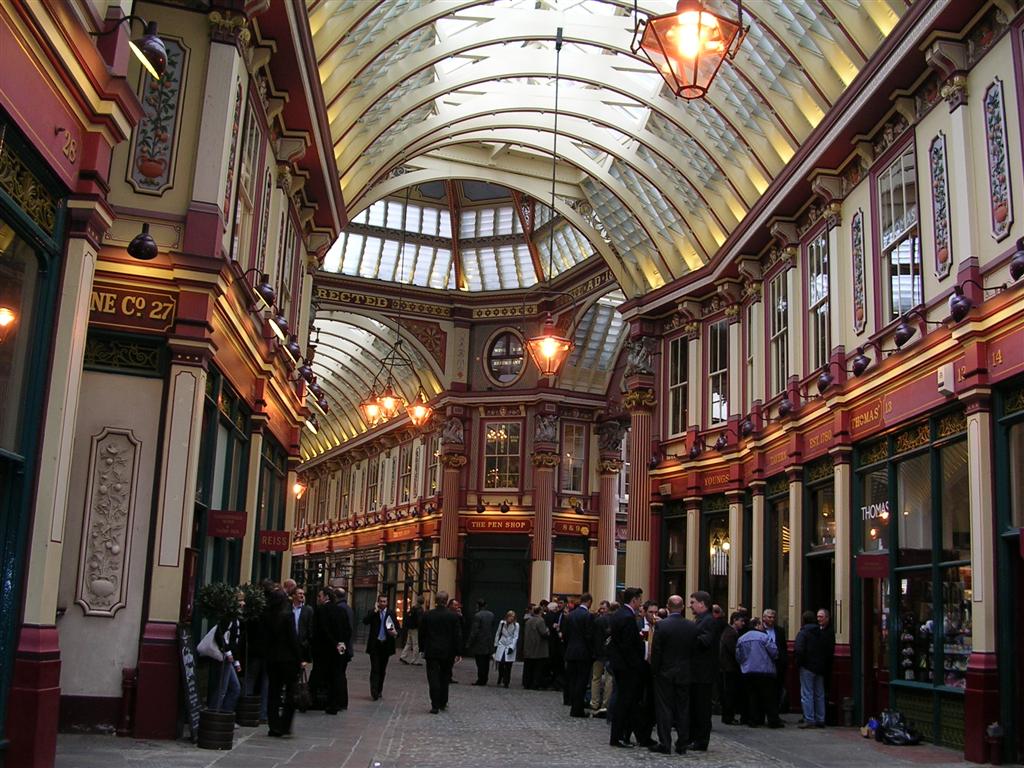Almost all
the land in the park is privately owned, with small areas belonging to the
National Trust. Generally in England there is no restriction on the entry or
movement within the park.
The highest
mountains in England are within the park boundaries. It is considered an area
of outstanding natural beauty with breathtaking scenery unique to this corner
of England.
The
farmland, hills and towns add aesthetic value to the landscape with an ecology
modified by human influence for millennia, and hosting important wildlife
habitats.
The Lake
District is intimately associated with English literature of the eighteenth and
nineteenth centuries. Thomas Gray was the first to bring attention to the
region, when he wrote a journal of his Grand Tour in 1769, but it was William
Wordsworth who wrote poems most famous and influential. Wordsworth's poem
"I Wandered Lonely as a Cloud", inspired by the sight of daffodils on
the shores of Ullswater, remains one of the most famous of the English
language. The area was known as the Lake Poets.
During the
twentieth century, the children's book author Beatrix Potter wrote many of her
famous Peter Rabbit books in the Lake District from his home in Hill Top Farm.
This is a documentary of William Wordsworth and the Lake District:










